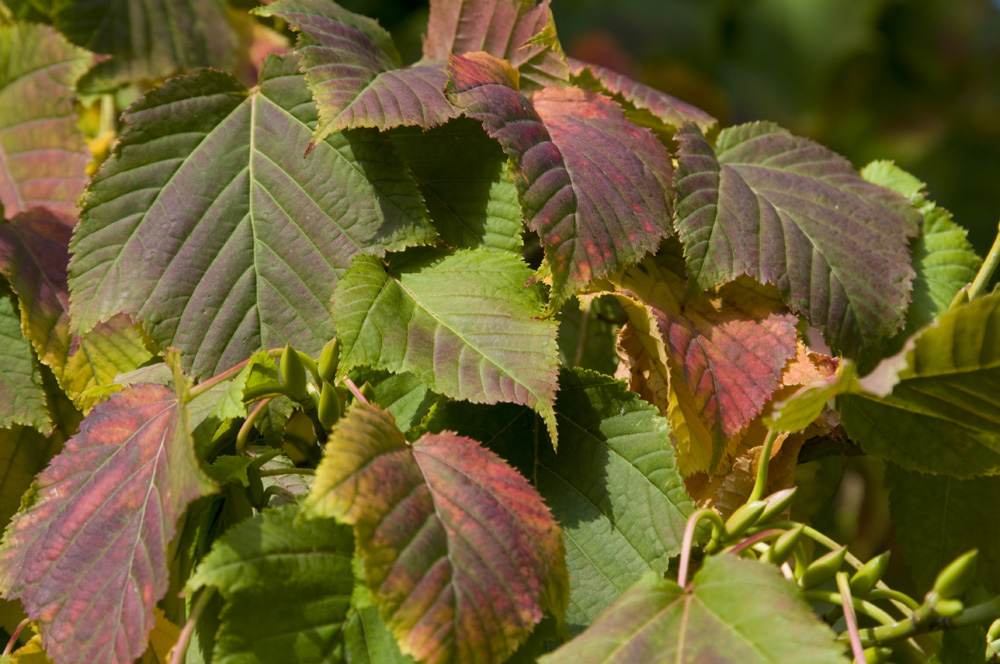Acer davidii, Acer pennsylvanicum
Common Name:
Snakebark Maple

General information:
The snakebark maples are named for their white striped bark which becomes rough and cracked with age. Acer davidii, Pere David’s maple, is a Chinese maple which has seen successful use in bonsai. It is a good tree for high elevations, as it will grow at up to 3000 ft. Acer pennsylvanicum is the only snakebark maple native to the US. It is easily located on the east coast, but rarely found on the other side of the Alleghenies.
Lighting:
Full sun, slight shade in summer. Temperature: No temperature information was available. Watering: Moderate during growth, sparingly in winter. Feeding: Every two weeks in summer.
Pruning and wiring:
Prune as needed during growth. Leaf pruning in midsummer is useful for leaf reduction. Generally used for larger sized bonsai, and does not work well as a broom. Suitable for all other styles.
Propagation:
Cuttings, air-layering, or seeds after cold pre-treatment. Repotting: Every 2-3 years in spring, before bur burst. Use basic bonsai soil. Does not like high pH.
Some species suitable for bonsai:
Acer davidii: snakebark maple, Pere David’s maple - Heart-shaped leaves on red stalks which turn lovely yellow to orange in the fall. A small tree, it grows to about 15m.
Acer davidii ‘Ernest Wison’
Acer davidii ‘George Forrest’ - a fast growing cultivar. Acer pennsylvanicum: striped maple, snakebark maple
Bibliography:
Tomlinson’s “Complete Book of Bonsai”
Species information from Mitchell’s “American Nature Guides: Trees”,
Compiled by Sabrina Caine
